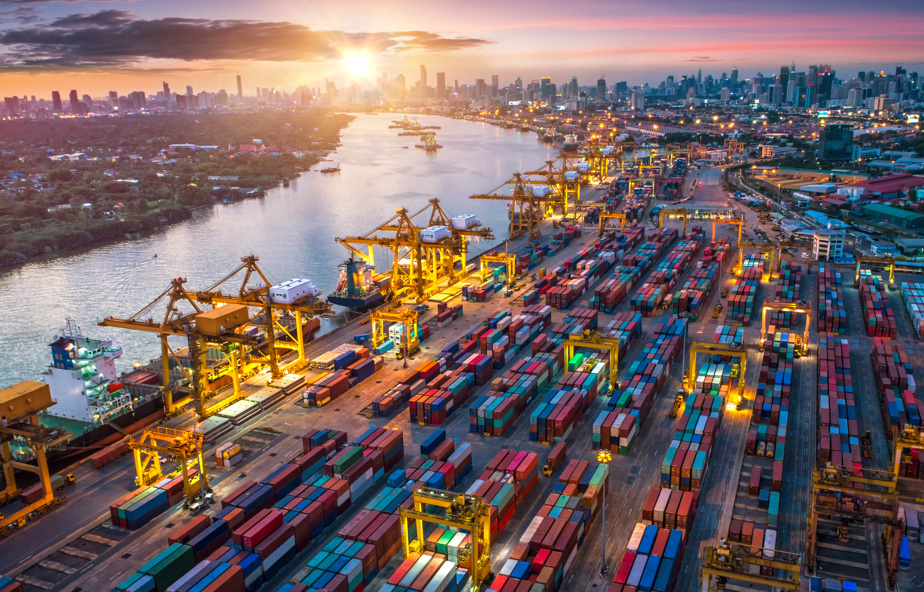The effects of COVID-19 have had a ripple effect across the globe, devastating families, communities, and the economy. However, despite many countries in lockdown, consumer demand for goods has not slowed, with online shopping and the need for delivery services skyrocketing, placing extra pressure on international trade and freight transporters.
As inland ports, trade routes, and supply chains suffer from congestion, even prior to the pandemic, a solution to the problem was sought through the implementation of ‘intermodal terminals’.
These ports are revolutionising traditional approaches to the shipping industry, transport and stevedoring, with combined road and rail efforts and automation.
As ships’ TEU capacities grow, so too must our ports, so to keep up with the exponential trade growth and the rest of the globe, Australia and it’s stevedores have begun to expand port capacity by innovating new automated intermodal facilities.
Automation has been used in many ports around Australia for years, but is now advancing toward levels seen in terminals such as the Port of Rotterdam in the Netherlands.
Australia’s most advanced logistics park to date, the Moorebank Logistics Park, is currently under construction in Sydney as an expansion of Port Botany.
The precinct, which is due for completion this year, is designed to enhance the efficiency of containerised freight movements thanks to a combined transport operation of road, rail and automated container cranes. It will work with the other already existing intermodal terminals in Sydney that also connect with Botany such as Enfield and Cooks River.
It is forecast that the terminal will move 1.5 million shipping containers annually by rail instead of road and be able to process 500,000 TEUs per year by 2021 and one million TEUs per year by 2031.
“It will feature Australia’s largest purpose-built warehouse and distribution precinct serviced by driverless shuttle carriers that collect and transport containers to be processed, unpacked, stored and distributed,” notes Marine Protect’s Head of Marine, Andrew Kidd.
But this new era of intermodal terminals is doing far more than just picking up the pace of the supply chain.
They will boast the creation of new jobs to support the facilities while limiting the safety hazards and risks to staff. It will also minimise emissions and decrease road congestion with more efficient transport routes.
Improved affordability for freight transportation is amongst the many benefits of the infrastructure scheme and improved traceability thanks to enhanced data management with telematics.
“Automation will increase productivity and prevent trucks from queuing for hours to pick up containers, making the process for all parties a seamless one,” says Andrew.
“As we move further into the technology driven era, the transport and logistics industries and maritime sector is set to progress quicker than ever, but while it might be a big change, it is a welcome one that will provide growth and longevity for the industry.
“The quicker we can trade and transport cargo, the better; increased capacity is good news.”
While the job landscape will transform the occupations of the industry, people will remain critical to trade operations and capabilities of the ports, despite increased automation.
Protect your port and cargo/logistics operations with our suite of specialist marine insurance offerings including Cargo, Carriers, Liability and Hull coverage. Contact your NTI representative or call 1800 684 669 to lodge a claim.
